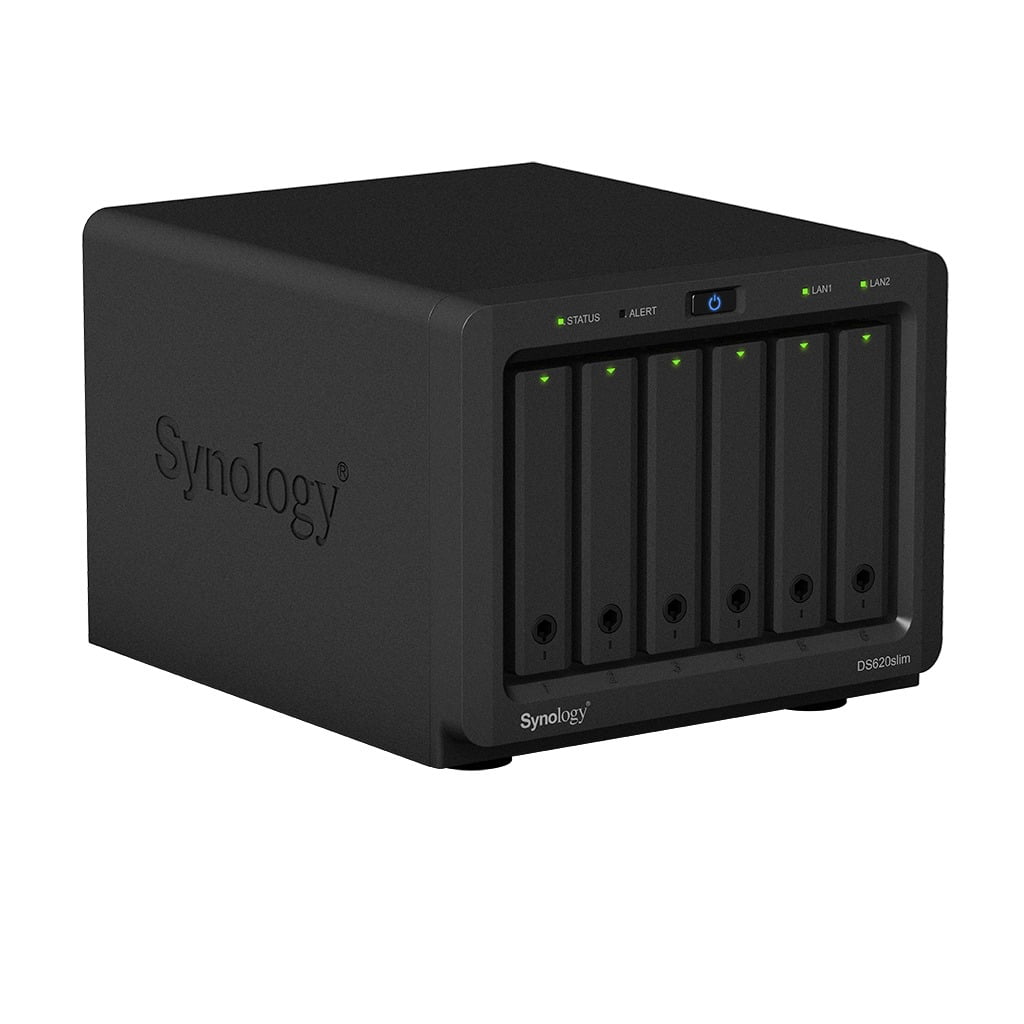

You can attempt to force a specific connection protocol (such as SMB or AFP) by using a valid URL. Select Go > Connect To, and enter a URL, IP address or DNS name. To connect to a file server directly, use the Connect To Server feature of the Finder.
Synology drive macos how to#
The link also says how to force a specific protocol:

Synology drive macos install#
and moving movies Download macOS App To install Radarr using Docker. This seems contrary to your experience, which makes me think that maybe you upgraded from Mountain Lion, and somehow the (hidden) setting of file protocol prioroty didn't get changed according to spec. I have a new Synology Nas (218+) running sabnzbd, radarr, and sonarr in seperate. Regarding priority, Apple says ( ) that in Mavericks SMB is the default protocol, and if not available, it will fall back to using AFP. and here's a slightly more technical recipe for making OSX automatically mount the SMB shares when needed by editing the fstab: This will try to auto-mount your nfs drive. The two breaking changes in the 10.15 release: A reset of the file /etc/automaster, removing previous modifications. Here's a description of how to set your OSX account preferences to do the SMB mount for you at login: Automount NFS on macOS from Synology NAS 3 minutes 478 words Updated on 21 October 2019 due to breaking changes in macOS Catalina 10.15. Ok, I can understand that you don't like to do the clicky-clicky every time. And I'm not even certain that Finder doesn't somehow jump on AFP anyhow. The price is about the same between the two, but a NAS comes rocking far more features and is better suited for a cross-platform household or office.When you access a file share, you could try using CMD + k in Finder (Connect to server), and then type the address as a CIFS or SMB path - ie.Ĭifs://my.server/SomeFileShare or smb://my.server/SomeFileShareĭisclaimer: I don't have Mavericks, and no access to my Mac right now. The same goes for the Airport Time Capsule, which is rather limited in what you can do with it, especially compared to NAS. Simply connecting a drive to your Mac doesn't offer anything but backup functionality, while a NAS opens the door to so much more. Why you'd want to go with NAS, which is essentially a super-smart hard drive, is the additional features supported by the OS.
Synology drive macos full#
Luckily, it's not that difficult and Synology has a solid step-by-step guide on how to get all this done.Īs a bonus, using a Synology NAS ensures you have full support for Windows 10 backups too, not to mention access from a variety of devices, regardless of the OS.

Once that's done, you can use the Synology NAS as a backup destination, much as you would the Airport Time Capsule or other Apple product that provides similar functionality. But what's the difference? The best part about using a Synology NAS is you're able to use it for other uses, including file storage, creating a media server, and much more.Īll you need to do is set up a shared folder on the Synology NAS (you can even encrypt this shared folder), set up a user for folder access on your connected Macs, configure the DSM OS to enable Bonjour connection support, connect to the server on your Mac, and set up Time Machine to save everything on the NAS. You could pick up an Airport Time Capsule and call it a day for backing up your Mac hardware, but if you already own a Synology NAS or are thinking about buying one, it's possible to use Time Machine to back up your Mac.


 0 kommentar(er)
0 kommentar(er)
